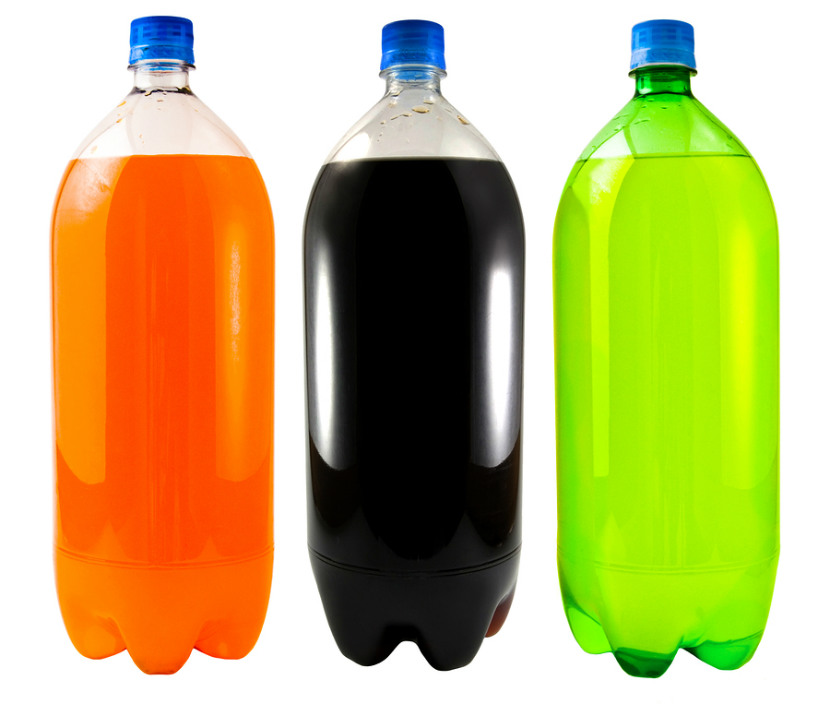
High-fructose corn syrup is a common ingredient in packaged foods. Food manufacturers use it because it makes food sweet like sugar, but is less expensive. Read on to learn about the safety of high-fructose corn syrup and its role in your health.
What is high fructose corn syrup?
High fructose corn syrup (HFCS) is a liquid sweetener made from cornstarch. It is made by breaking down corn into molecules of glucose (a type of sugar). Half the glucose molecules are then chemically changed into fructose (another type of sugar – but sweeter). On food labels, you may see HFCS called “glucose-fructose”.
High-fructose corn syrup is found in almost all foods containing added sugar
HFCS is found in most foods that have added sugars, and is a very common ingredient in processed foods. Most of the HFCS we eat or drink comes from soft drinks and sweetened fruit drinks. However, HFCS can also be found in canned fruits, boxed desserts, flavoured yogurts, baked goods, breakfast cereals and condiments, like ketchup, jams and jellies.
In Canada, HFCS is called “glucose-fructose” in the ingredient list. HFCS is counted in the amount of sugar you read on the Nutrition Facts panel.
High-fructose corn syrup and your health
Obesity: Some research studies suggest that HFCS may contribute to obesity because of the extra calories it adds to our diet. However, our bodies use HFCS and other sugars the same way. So if you eat a lot of foods with added sugar, whether it’s HFCS, white sugar, brown sugar or honey, you may gain weight.
Heart disease and diabetes: There is not much research to show that HFCS causes heart disease or diabetes. However, because HFCS is found in many foods that are high in calories, this can cause weight gain. Being overweight or obese can increase your risk for heart disease and diabetes.
Digestive health: HFCS can cause bloating and gas. This is because large amounts of HFCS feed the natural bacteria in our intestines, which produce gas. To reduce gas, avoid consuming large amounts of HFCS by choosing water and 100% fruit juice instead of soft drinks and sweetened fruit beverages.
Limit high-fructose corn syrup like you would regular sugar
Like any foods with added sugar, it is important to limit “empty calorie” foods that are high in sugars but provide few nutrients. Soft drinks, sweetened fruit juices, sugary cereals, frozen dinners, flavoured yogurts, white bread, boxed desserts and condiments can all be high in sugar. Instead, choose similar foods that are low in added sugar such as vegetables, fruit, water, plain oats, whole grain breads and plain yogurt. This will help reduce the amount of added sugar you eat or drink.
Take the time to read the ingredients to determine how much added sugar is in your foods. Choose products with the least amount of added sugar. Foods that contain sugar in the first few ingredients, including HFCS, should be limited. For more information about sugar and what to look for on the label, see the Frequently Asked Questions about sugar.
You may also be interested in:
The Truth about Sugar - FAQs
Sweet foods and diabetes – can people with diabetes still eat sugar?
How to choose a healthy frozen dinner
Last Update – May 10, 2018